So you want to deliver high-quality data as fast as possible to exactly where it needs to be, when it needs to be there? Keep reading if you want to find out more about DataOps, or check out our video below.
According to Forrester, in 2022, speed to analytics is one of the biggest challenges companies face when trying to execute their data and analytics vision. This is exactly where DataOps can help your company, but what actually is DataOps? Let’s start by defining it.
“DataOps aims to bridge the gap between data engineering, data science, and operations teams by promoting continuous integration and delivery, collaboration and automation of data-related processes.”
It emphasizes the need for the optimization and development of data pipelines, with a high level of data quality, and data governance. The goal is to deliver value faster at a lower cost, and it does this by enabling access to data and data infrastructure in a self-serve way.
That was sort of a packed definition, but I think we can break that down into these 6 key building blocks, all of which help to power DataOps. Let’s talk about them individually.
1. Collaboration:
DataOps promotes cross-functional collaboration and brings together different data engineering, data science, analyst and operations personnel. This collaboration helps streamline communication, align goals, and share knowledge and expertise across different business domains.
2. Automation:
Automation plays a vital role in DataOps. It involves automating repetitive tasks, such as data ingestion, transformation and validation as well as deployment of infrastructure, applications and pipelines. This helps minimize manual errors, improve quality, and accelerate the overall data lifecycle.
3. Continuous Integration and Continuous Delivery (CI/CD):
DataOps borrows from Agile and DevOps methodologies, making continuous integration and delivery a natural fit. CI/CD focuses on delivering data quickly and predictably while ensuring quality, reliability, and security. This approach enables organizations to respond rapidly to changing business needs and deliver insights in a timely manner.
4. Monitoring:
DataOps borrows from quality control approaches like Statistical Process Control and Total Quality Management. DataOps emphasizes the importance of monitoring data pipelines and processes to identify issues and bottlenecks. Monitoring tools and techniques help track data quality, performance, and availability, which enables proactive troubleshooting and timely response to any potential problems.
5. Version Control:
Similar to software development practices, DataOps promotes the use of version control systems like Git so you can manage changes to data infrastructure, application configurations, code, and sometimes data itself. This ensures auditability, while enabling teams to roll back to previous versions if needed and maintain a history of changes.
6. Data Governance:
DataOps emphasizes the need for proper data governance practices. It includes establishing data quality standards, data lineage, and data cataloging to boost data’s usability and value. Data governance ensures compliance with regulations, controls access, maintains data integrity, and enhances trust in the data being used for decision-making.
“By adopting DataOps practices, organizations can accelerate data delivery, improve data quality, and keep costs in check.“
Those are the 6 key building blocks that make up DataOps. Overall, DataOps aims to streamline data-related processes, improve collaboration, and enable organizations to leverage data more effectively. By adopting DataOps practices, organizations can accelerate data delivery, improve data quality, and keep costs in check.









Top comments (0)